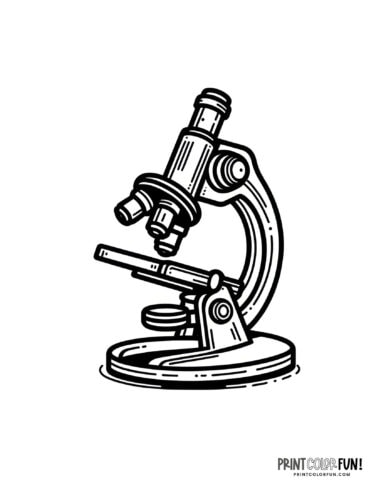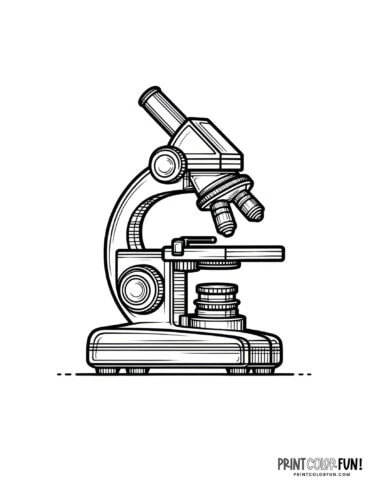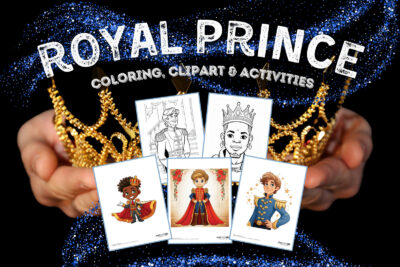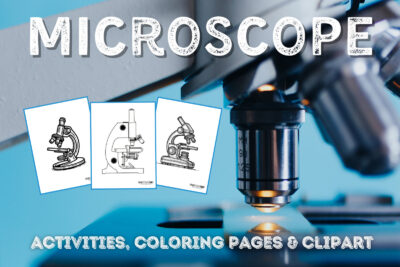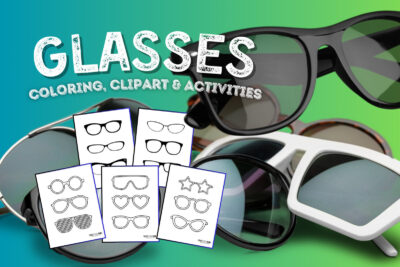Microscope clipart & coloring pages
Have you ever wondered what secrets lie beyond what our eyes can see?
A microscope can be your gateway into the tiny world, revealing the mysteries of everything from a leaf’s structure to the details of a butterfly’s wing. This tool is not just for scientists in labs — it can also be a fascinating educational instrument for kids at home!
What you'll find here
ToggleAll about microscopes
A microscope opens up a new dimension, showing us that there’s much more to the world than what meets the eye.
A microscope magnifies objects, making the invisible visible. They work by using lenses to bend light, magnifying objects that are too small for our eyes to see.
Simple microscopes have one lens, much like a magnifying glass, while compound microscopes use multiple lenses to provide a much higher level of detail.
- THE POWER TO SEE THE UNSEEN - This microscope kit has adjustable LED light to view specimens as well as high-quality 18MM diameter glass eyepieces that With 100x, 400x, and 1200x...
- 13 PREPARED SLIDES SCIENCE KIT - 13 prepared slides, and 31 blank slides and much more accressaries enables kids to embark on scientific adventures in any setting, from the home to the...
- DETAILED LEARNING GUIDE - A detailed learning guide describes the specimens in the kit and easy to follow instructions give steps to make your own slides, just like a real scientist
- PERFECT GIFT FOR YOUNG SCIENTISTS - This engaging child's microscope kit could nurtures children's curiosity and encourages STEM learning, making it an ideal gift That fosters both...
🔬 The magic of magnification
The magic begins when you place an object on a slide under the microscope.
As you adjust the focus, what appeared to be a speck of dust might reveal itself as a complex structure full of colors and shapes.
🔬 VIDEO: “What Are Microscopes For?”
🔬 4 ways microscopes can spark curiosity
Tiny wonders in sand: Under a microscope, a simple grain of sand reveals tiny shells, shell particles, and an array of colorful minerals.
A closer look at skin: Skin cells, usually invisible to our eyes, show an intricate network of lines and patterns when magnified.
Fascinating food particles: Everyday items like salt or sugar crystals (scroll down to see) become geometric wonders under the microscope’s lens.
Nature’s details: Leaves, insects, and even drops of water reveal intricate details and textures.
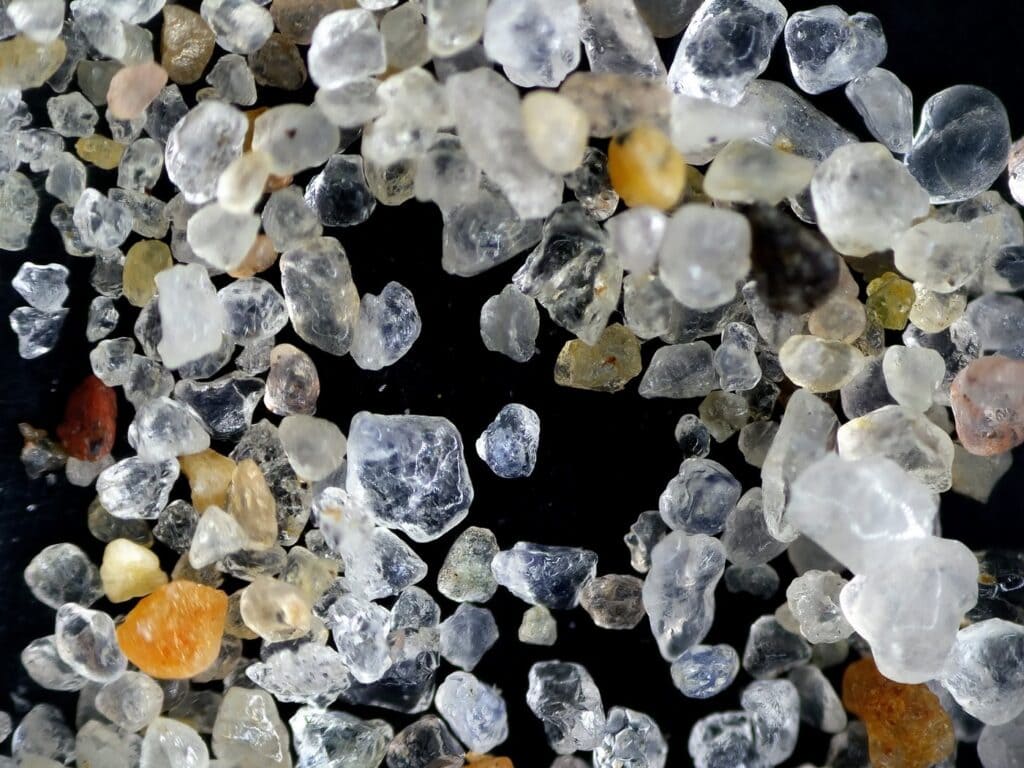
10 fun facts about microscopes
- The first microscope was invented in the late 16th century.
- A flea under a microscope looks like a giant hairy monster.
- Snowflakes, when magnified, show intricate patterns no two of which are exactly alike.
- The smallest things visible with a light microscope are bacteria.
- Pond water is teeming with life, from tiny plants to micro-animals.
- Butterfly wings are made up of thousands of tiny scales.
- Human blood under a microscope shows red blood cells, white blood cells, and platelets.
- Microscopes have been crucial in the development of vaccines.
- The world’s largest microscope facility is in the Netherlands.
- There are microscopes so powerful they can show individual atoms.
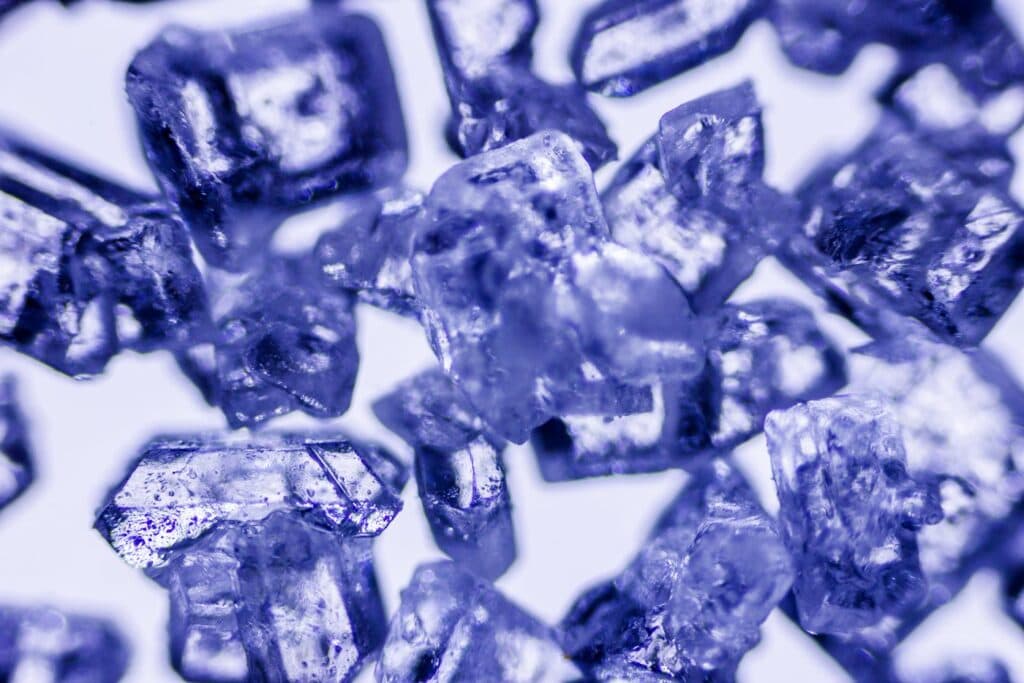
Craft ideas
- Microscopic art: Have your child draw what they see under the microscope. This encourages them to pay close attention to detail and brings science and art together.
- DIY microscope slides: Using clear plastic and permanent markers, kids can create their own “specimens” to examine under the microscope. This is a great way to learn about how specimens are prepared.
- Miniature world in a jar: Create a tiny ecosystem in a jar with soil, plants, and water. Then, observe the jar’s contents under the microscope over time to see how it changes.
- Microscopic puzzle challenge: Print out highly magnified images of everyday objects and have kids guess what they are. This game tests their observation skills and teaches them about textures and patterns.
- Cell model with clay: After looking at plant and animal cells under the microscope, use clay to model what they’ve seen. This hands-on activity helps solidify their understanding of cell structures.
- Fun for the Entire Family - Fold and Assemble Your Own Functional Cardboard Digital Microscope with the Optigami Microscope Kit
- Take Images and Record Video - The Optigami can be used as a Stand Alone Compound Microscope or Attach the Smartphone Platform For Use as a Digital Microscope
- Powerful Magnification Range: 50x-400x | The Optigami is LED Lighted | Powered by 2 AA Batteries (Not Included)
- Included Accessories: 6 Cardboard Assembly Sheets, 1 Optical Magnification Scope, 6 Thick Rubber Bands, 1 LED Module, 1 Focus Control Tube, 2 Blank Microscope Slides with Coverslips, 1...
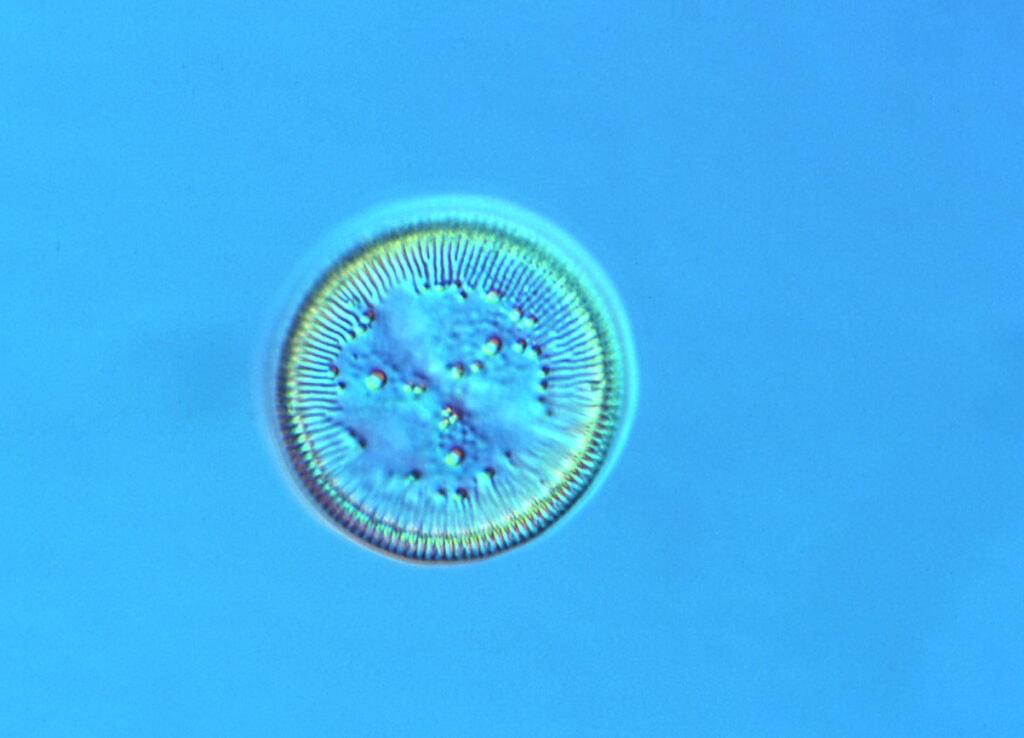
Learning activities
- Microscopic scavenger hunt: Create a list of items for kids to find and observe under the microscope, like a leaf, a piece of fabric, and a grain of salt. This encourages exploration and observation skills.
- Compare and contrast: Look at different types of water (tap, pond, rain) under the microscope and note the differences. This introduces concepts of water quality and micro-ecosystems.
- Growth under the microscope: Observe the growth of a plant’s root or a mold culture over several days. This teaches patience and the scientific method of making observations over time.
- Creating a micro gallery: Encourage children to transform their microscopic observations into a digital gallery. By sketching or using computer software to replicate what they see through the lens, they can create an exhibition of the unseen world.
- Micro-world journal: Keep a journal of microscopic observations, including drawings, notes, and questions. This reinforces learning and encourages a scientific mindset.
- Fun and Educational Microscope Experiments for Kids – Over 14 exciting activities that teach kids interesting experiments designed to make learning about a microscope and exploring...
- Designed by Parents and Teachers – A fun way to introduce kids to different aspects of science – plant and animal cells, biology, botany and even simple geology – using a...
- Teaches Kids Microscope Basics – From understanding the different parts and functions of a microscope to preparing slides – these experiment cards blend numerous lab activities with...
- Includes 6 Colorfully Designed Laminated Plastic Cards – At home, school or on the road, these 6 long-lasting laminated plastic cards will not rip or tear and can be easily cleaned...
Kid-friendly microscopes for budding scientists
If you're looking for a microscope that's perfect for young explorers but still offers real scientific value, you're in luck. Here are four kid-friendly microscopes that are more than just toys — they're gateways to the microscopic world.
Each of these microscopes offers a unique way to explore and learn, making them fantastic tools for any curious child interested in science.
Main parts of a microscope
- Eyepiece or Ocular Lens: Where you look through to see the image.
- Objective Lenses: These are found on the rotating nosepiece and vary in magnification.
- Stage: The flat platform where you place the slides.
- Light Source: Illuminates the sample for clear viewing.
- Adjustment Knobs: Include coarse and fine focus knobs to sharpen the image.
Basic guide to using a microscope
- Choose the right magnification: Start with the lowest magnification to find your specimen and then increase as needed.
- Prepare the slide: Place your sample on the slide and, if necessary, cover it with a cover slip.
- Focus your image: Use the coarse adjustment knob to get close, then the fine adjustment to clarify the image.
- Explore and photograph: Many modern microscopes allow for photography, so kids can capture and share their discoveries.
Books about microscopes for kids
Whether it’s a guide to using a microscope or a book filled with microscopic photography, there’s much to discover!
- DOBSON, LEA (Author)
- English (Publication Language)
- 26 Pages - 09/16/2022 (Publication Date) - Independently published (Publisher)
- Levine, Shar (Author)
- English (Publication Language)
- 144 Pages - 03/04/2008 (Publication Date) - Union Square Kids (Publisher)
- Hardcover Book
- English (Publication Language)
- 36 Pages - 10/29/2019 (Publication Date) - What on Earth Books (Publisher)
- Fun and Educational Microscope Experiments for Kids – Over 14 exciting activities that teach kids interesting experiments designed to make learning about a microscope and exploring...
- Designed by Parents and Teachers – A fun way to introduce kids to different aspects of science – plant and animal cells, biology, botany and even simple geology – using a...
- Teaches Kids Microscope Basics – From understanding the different parts and functions of a microscope to preparing slides – these experiment cards blend numerous lab activities with...
- Includes 6 Colorfully Designed Laminated Plastic Cards – At home, school or on the road, these 6 long-lasting laminated plastic cards will not rip or tear and can be easily cleaned...
- Headstrom, Richard (Author)
- English (Publication Language)
- 272 Pages - 06/01/1977 (Publication Date) - Dover Publications (Publisher)

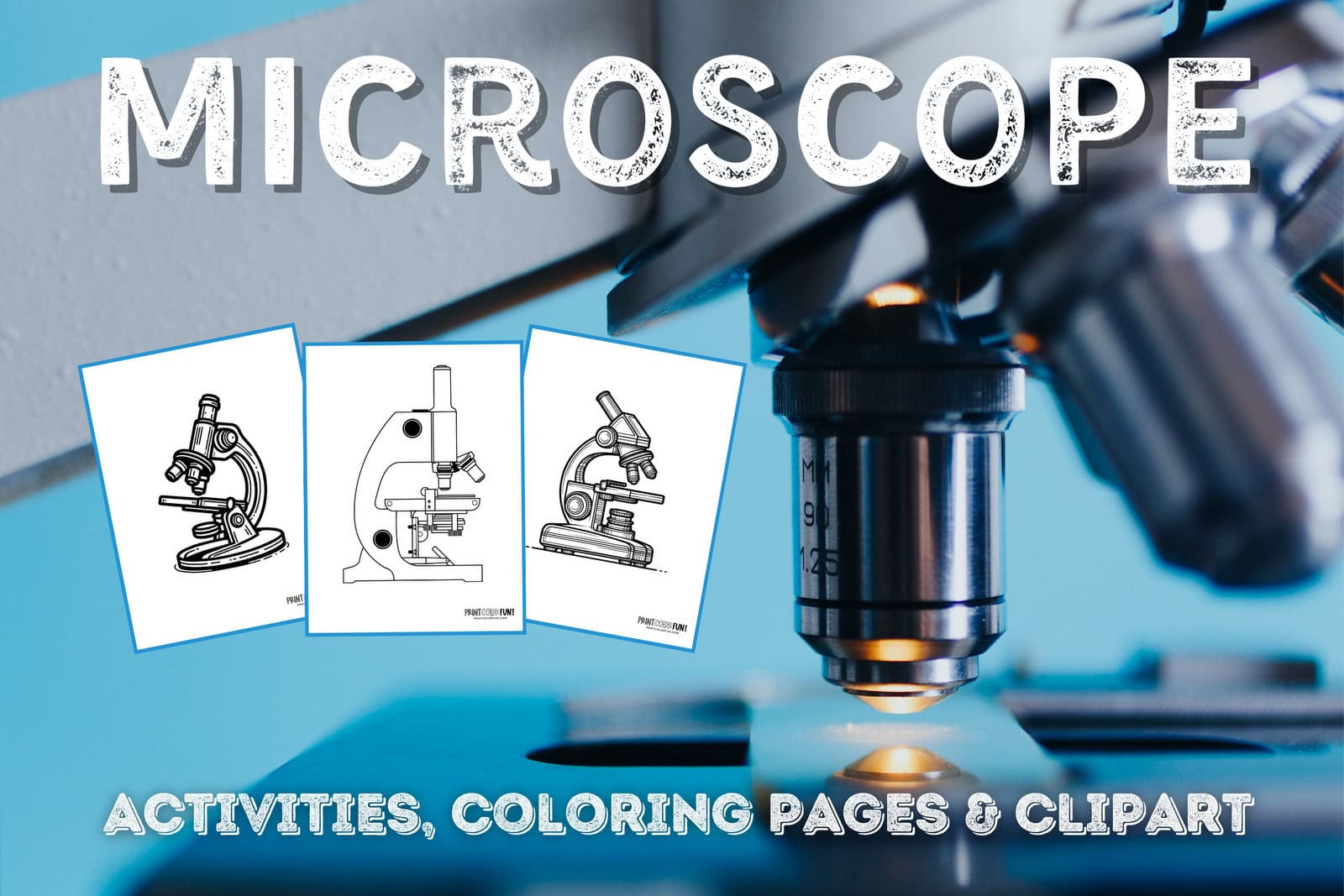
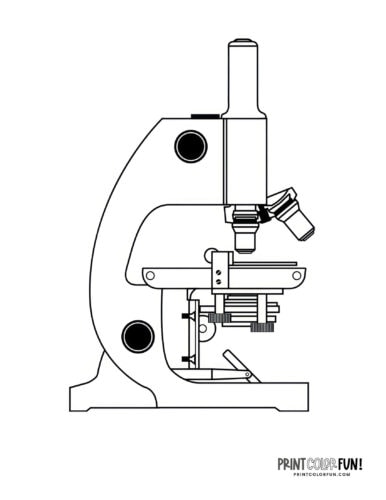
![Microscope clipart & coloring pages for kids, plus 10 engaging craft and learning ideas 2 Kids Beginner Microscope Science Kit with 100X-1200X [2024 New] Microscope, 13...](https://m.media-amazon.com/images/I/51Vf49H3c+L._SL160_.jpg)


